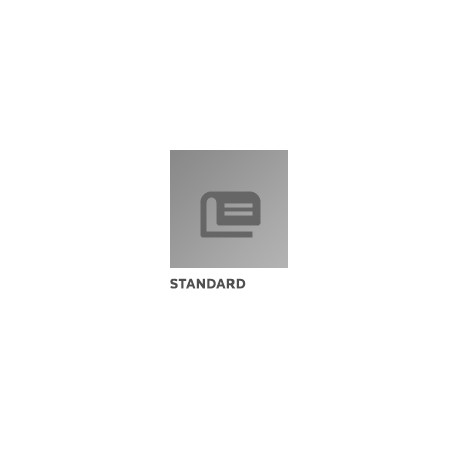Cart
0
Product
Products
(empty)
No products
To be determined
Shipping
$0.00
Total
Product successfully added to your shopping cart
Quantity
Total
There are 0 items in your cart.
There is 1 item in your cart.
Total products
Total shipping
To be determined
Total
New
 View larger
View larger
 View larger
View larger
UL 790
M00063480
New product
UL 790 Tests for Fire Resistance of Roof Covering Materials
standard by Underwriters Laboratories, 09/05/1997
Full Description
By order of the publisher, historical UL documents are not returnable for any reason. Once you place an order for an historical document, we cannot issue a refund, credit, or exchange of any kind.These requirements cover the performance of roof covering materials exposed to fire conditions, and are intended to indicate the fire-resistance characteristics of roofcoverings when exposed to fire originating from sources outside a building on which the coverings are installed. They are applicable to roof coverings intended forinstallation on either combustible or noncombustible decks (see 1.7) when the roof coverings are applied as intended.
Class A roof coverings are effective against severe fire test exposures. Under such exposures, roof coverings of this class are not readily flammable, afford a fairlyhigh degree of fire protection to the roof deck, do not slip from position, and are not expected to produce flying brands.
Class B roof coverings are effective against moderate fire test exposures. Under such exposures, roof coverings of this class are not readily flammable, afford amoderate degree of fire protection to the roof deck, do not slip from position, and are not expected to produce flying brands.
Class C roof coverings are effective against light fire test exposures. Under such exposures, roof coverings of this class are not readily flammable, afford ameasurable degree of fire protection to the roof deck, do not slip from position, and are not expected to produce flying brands.
Tests conducted in accordance with these requirements are intended to demonstrate the performance of roof coverings during the types and periods of exposureinvolved, but are not intended to determine the acceptability of roof coverings for use after exposure to fire.
Roof covering materials are required to comply also with the requirements for construction, material specifications, and performance as applicable to specific types,designs, sizes, and arrangements. All such applicable additional requirements are not considered to be within the scope of these requirements for fire tests, but areincluded in the applicable standards covering the material in question.
A combustible deck is formed of wood (sheathing boards or plywood). A noncombustible deck is formed of metal, concrete, or poured gypsum.
In stock

